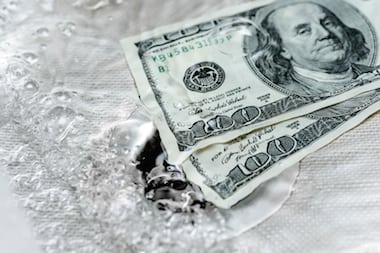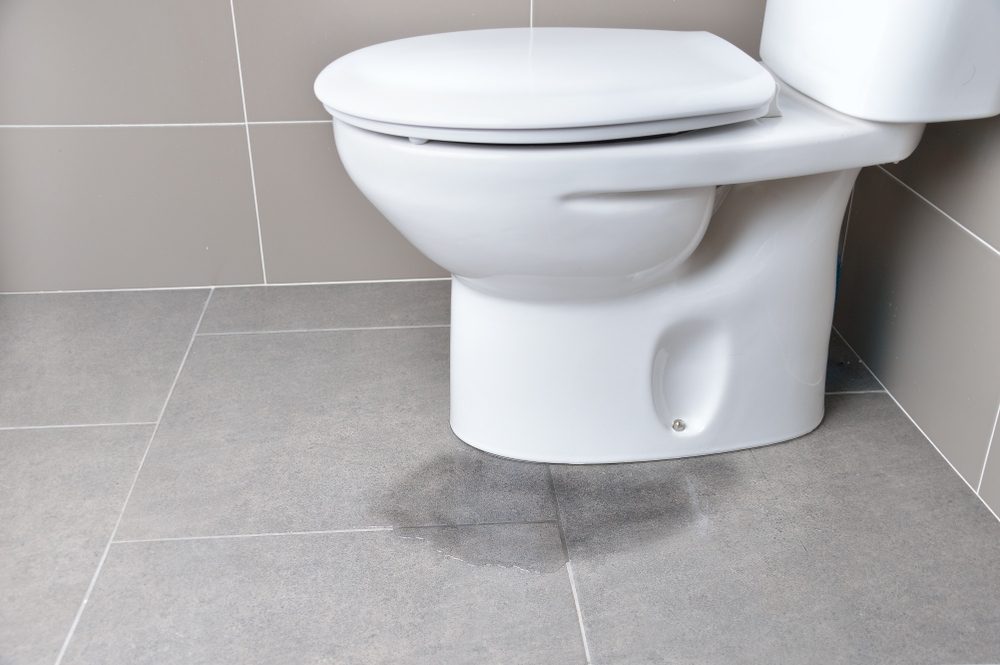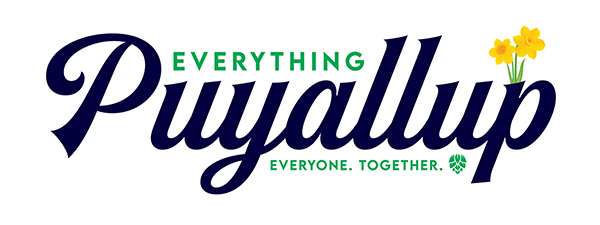Discovering a water leak in your home can be an unwelcome surprise. Whether it’s a dripping faucet or a significant pipe burst, identifying and dealing with water leaks promptly is crucial for maintaining the integrity of your home. Knowing how to identify the type of water leak you have is the first step in responding effectively. This guide will help you assess the situation, figure out your next moves, and minimize potential damage to your property.
Water leaks can range from non-damaging but costly, to those causing minimal damage that will worsen over time, to significant damage that requires immediate action. Non-damaging leaks may not harm your property directly but can lead to higher water bills and wasted resources. Minimal damage leaks, if not addressed, can escalate into more significant issues, potentially weakening structural elements of your home. On the other hand, significant damage leaks, such as burst pipes, demand urgent attention to prevent extensive water damage.

- Illustrative guide on identifying various water leak types and their corresponding responses. Source: @GoldMedalServes – goldmedalservice.com
When you encounter a non-damaging water leak, your first steps should include turning off all water sources to diagnose the problem effectively. Shutting down faucets, showers, and hoses helps you determine whether you’re dealing with an internal water supply issue. Next, inspect your water meter’s low-flow indicator; if it continues to move after all water sources are shut off, you likely have a leak. This method can help pinpoint the issue, whether it’s related to your toilets, appliances, or elsewhere.

- Initial steps to handle non-damaging water leaks effectively. Source: Water Use It Wisely – wateruseitwisely.com
For leaks causing minimal damage but potentially worsening over time, quickly turning off the water supply to your home is key. Once you’ve managed to stop the flow, it’s vital to address any water that has leaked out. Prompt cleanup minimizes the risk of mold and mildew development, crucial in maintaining the health and safety of your living space. Following cleanup, identifying and repairing the source of the leak will prevent future occurrences, preserving the integrity of your home.

- Comprehensive overview of responses to water leaks based on the level of damage caused. Source: @GoldMedalServes – goldmedalservice.com
In cases of significant damage, where the stability of your home is at risk, act fast. Shut off your home’s water supply immediately to halt further flooding and document the damage for insurance purposes. After securing professional plumbing help to manage the issue, contacting your insurance company is essential. They will guide you through the process of documenting the damage and initiating cleanup and repair efforts, ensuring a smooth recovery from the incident.
- Engage professional services for water leak cleanup and restoration. Source: @GoldMedalServes – goldmedalservice.com
Dealing with water leaks, regardless of their scale, requires a composed and structured approach. By understanding the type of leak you’re faced with, you can take informed steps to mitigate damage, consult professionals when necessary, and engage with your insurance company for support. Remember, prevention is always better than cure, so consider installing leak detection devices and conducting regular maintenance checks to avoid potential leaks in the future.

